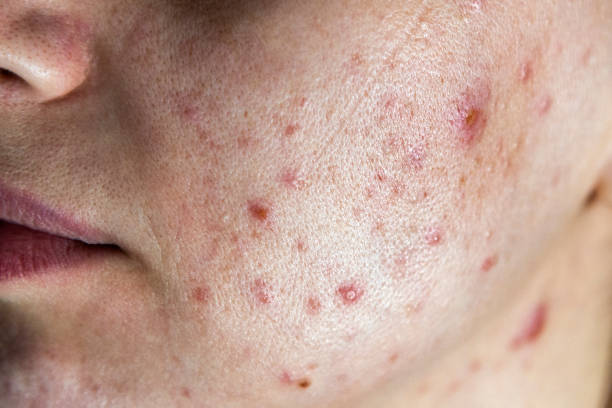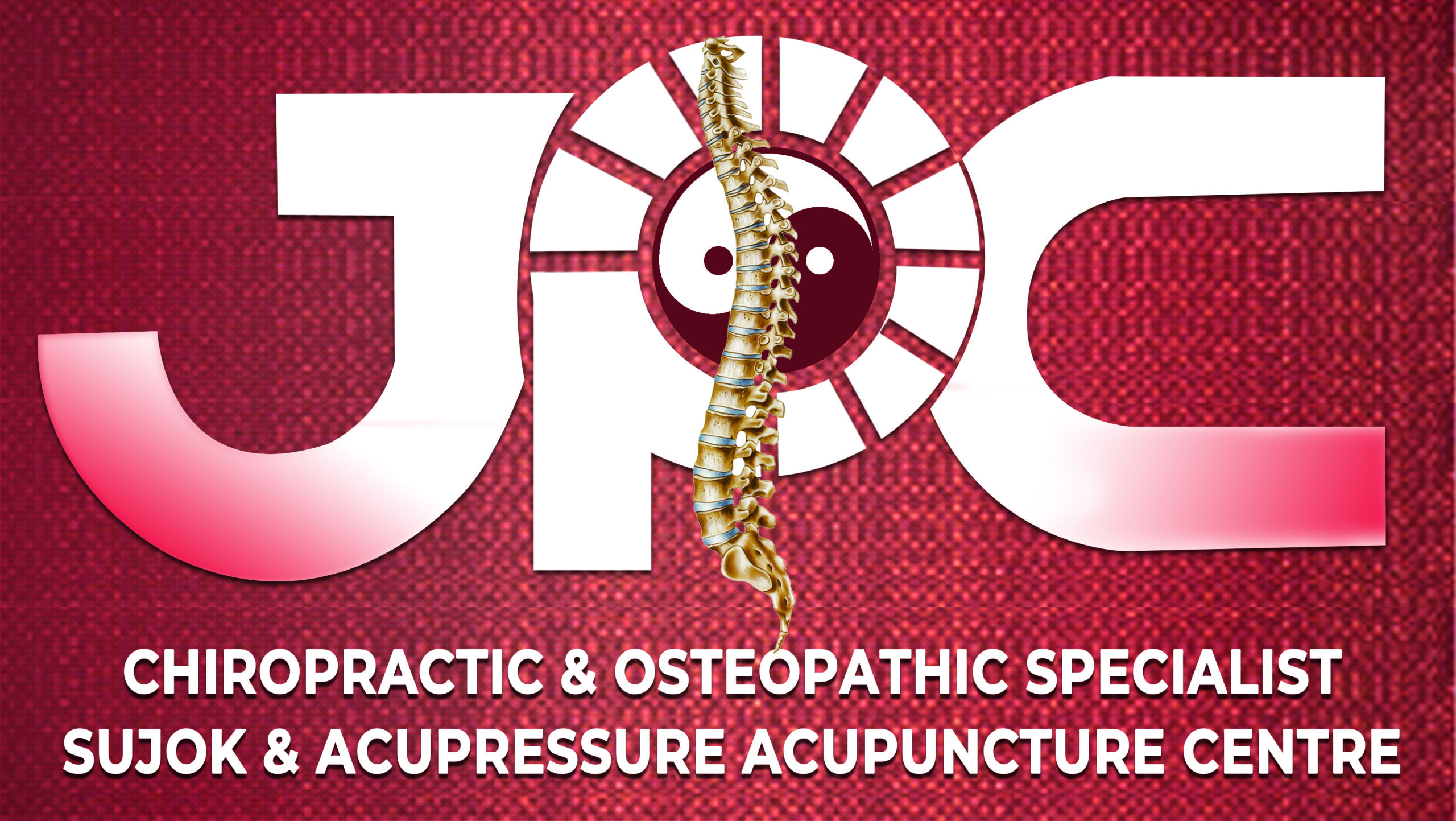Skin diseases are a group of disorders that affect the skin, our body’s largest organ. They can vary in severity and can be caused by a variety of factors. This article aims to provide an overview of some common skin diseases, their symptoms, and treatment options.





